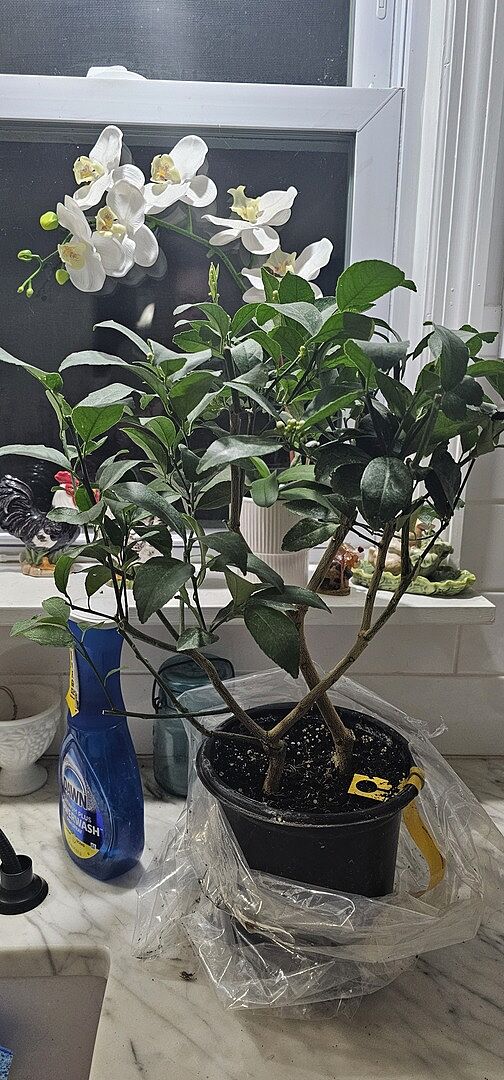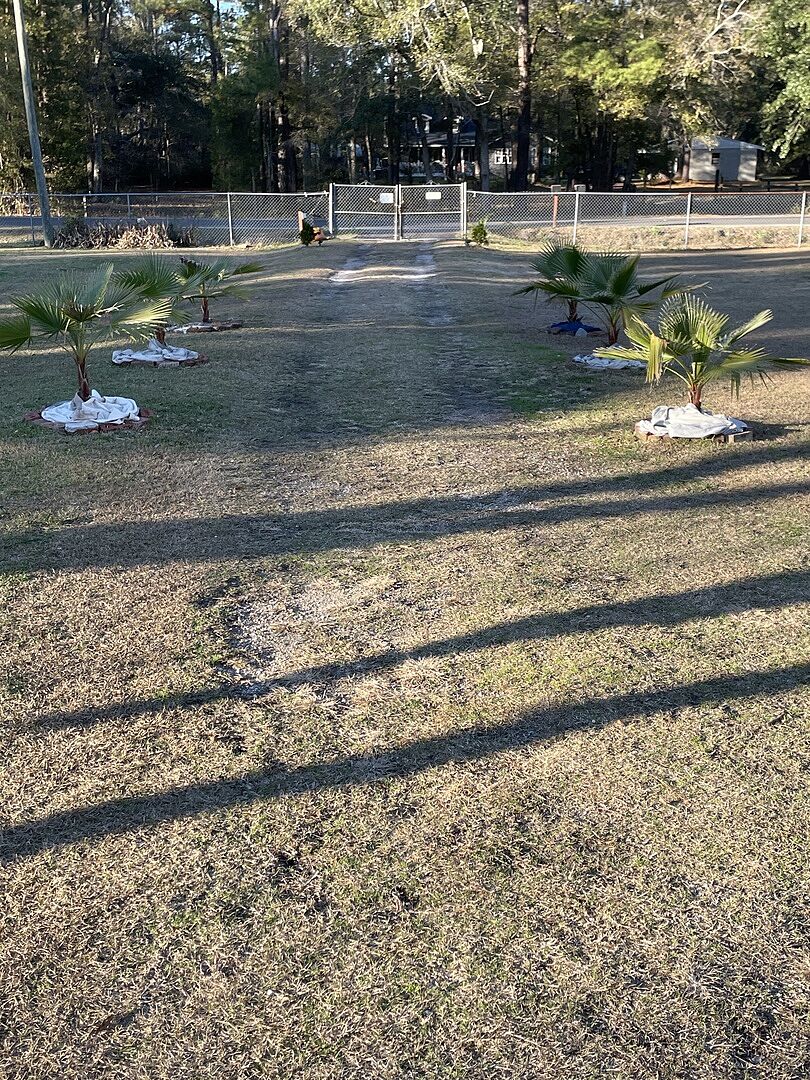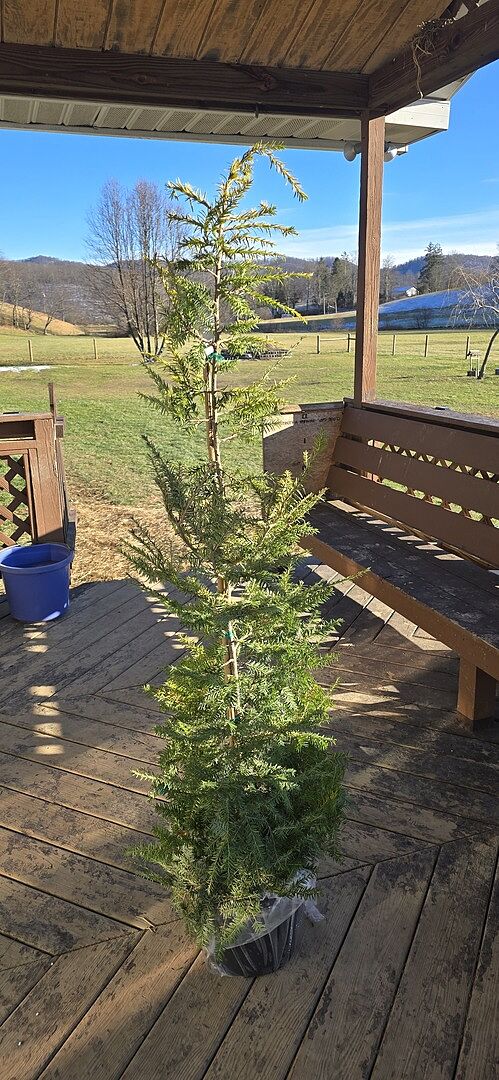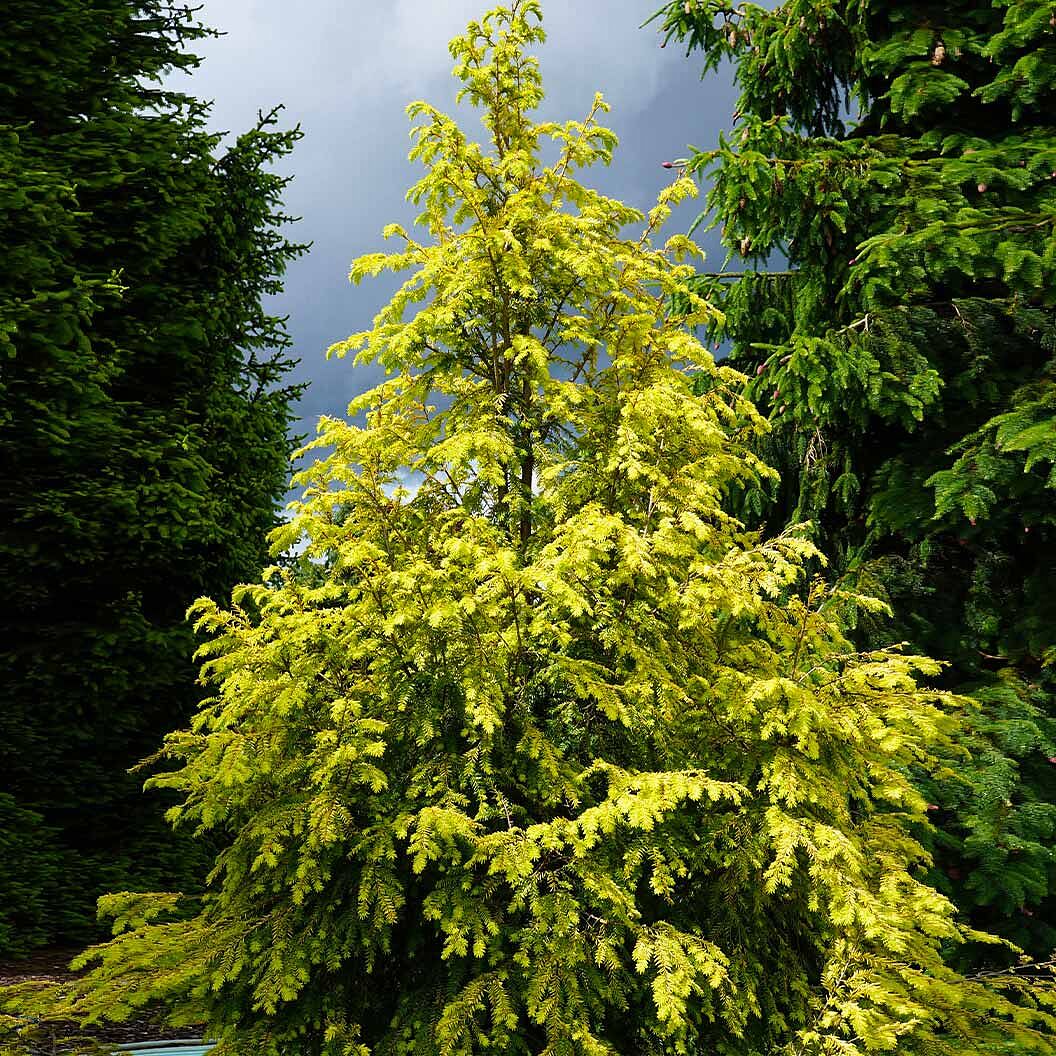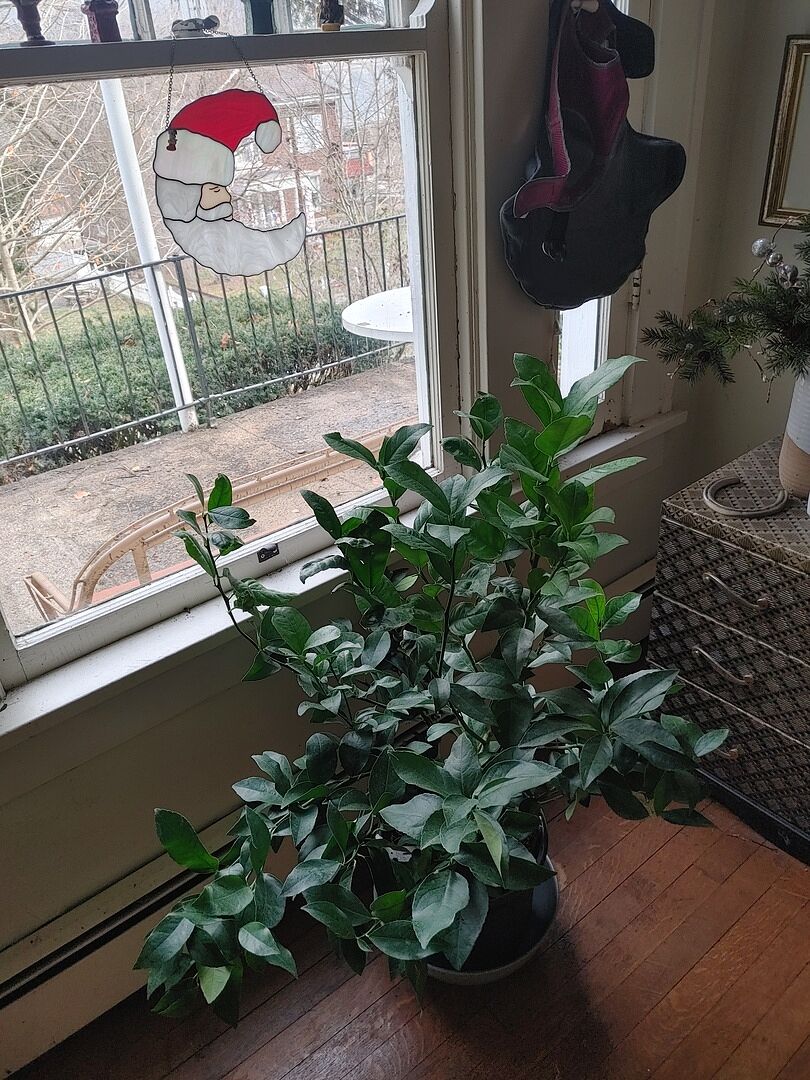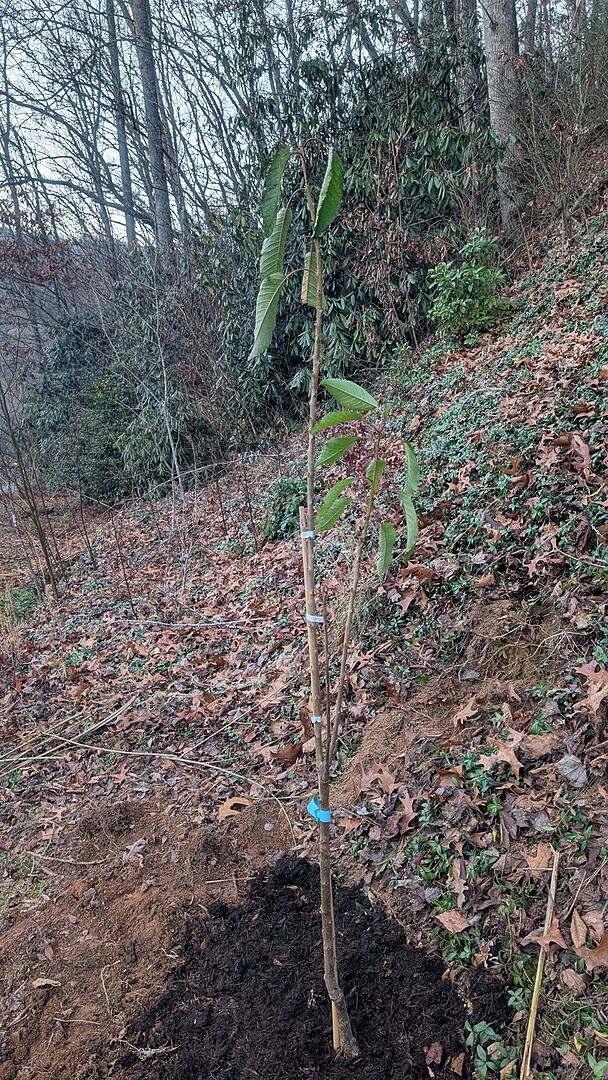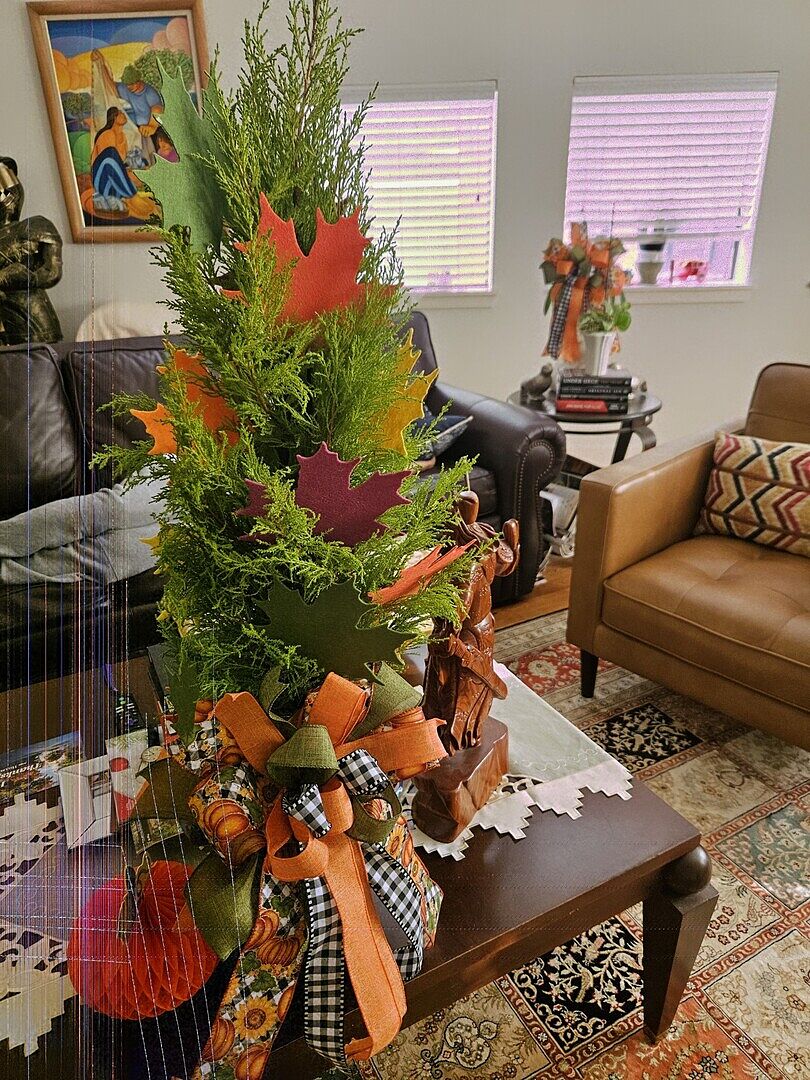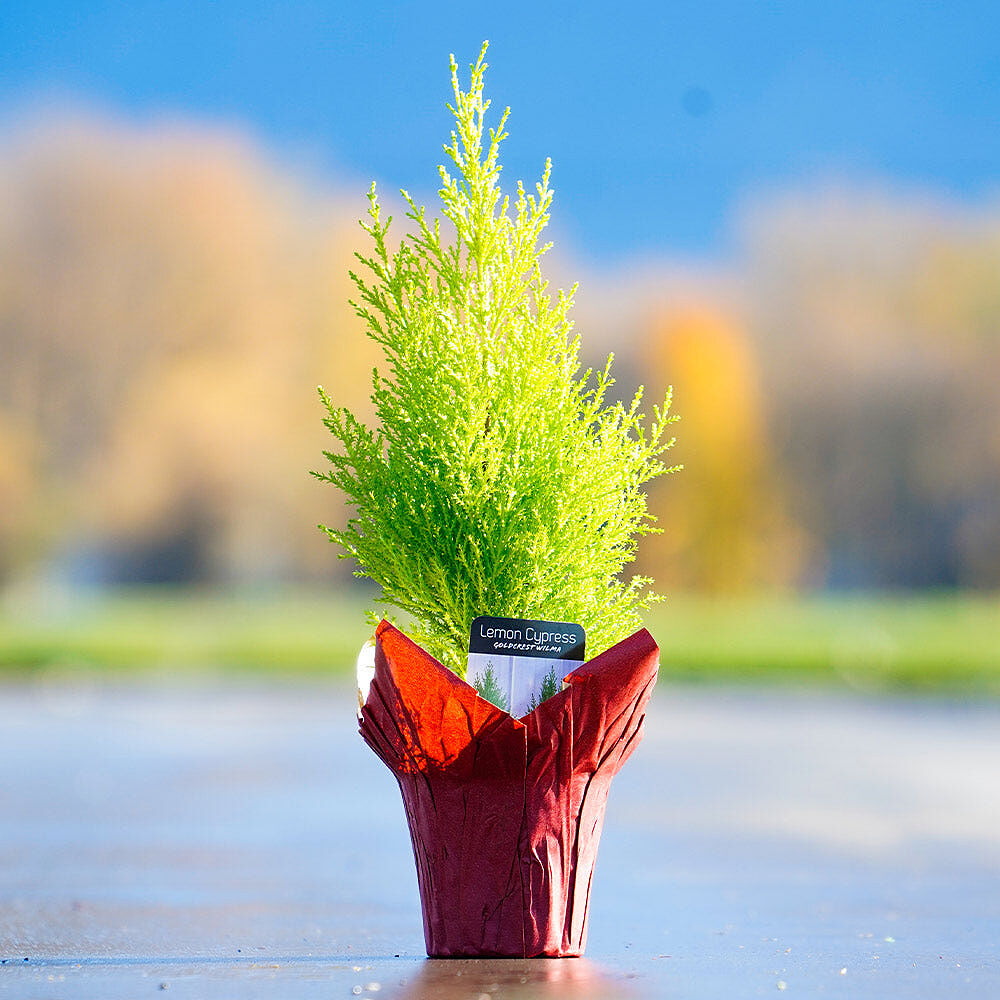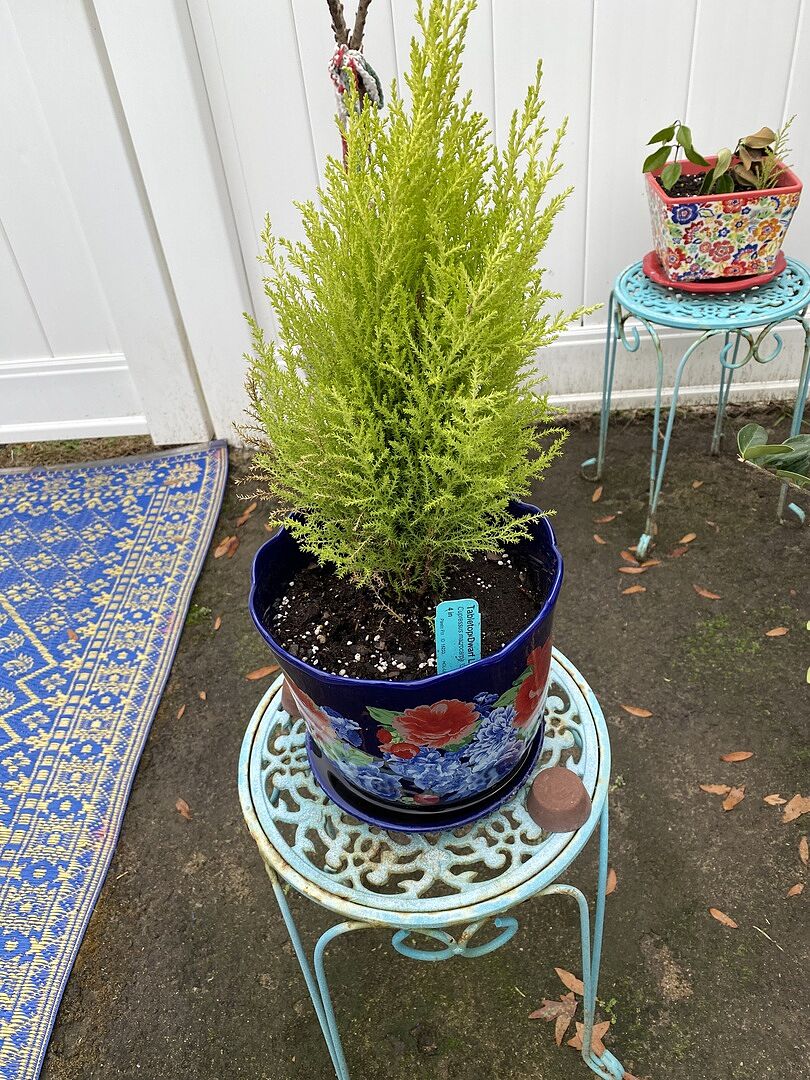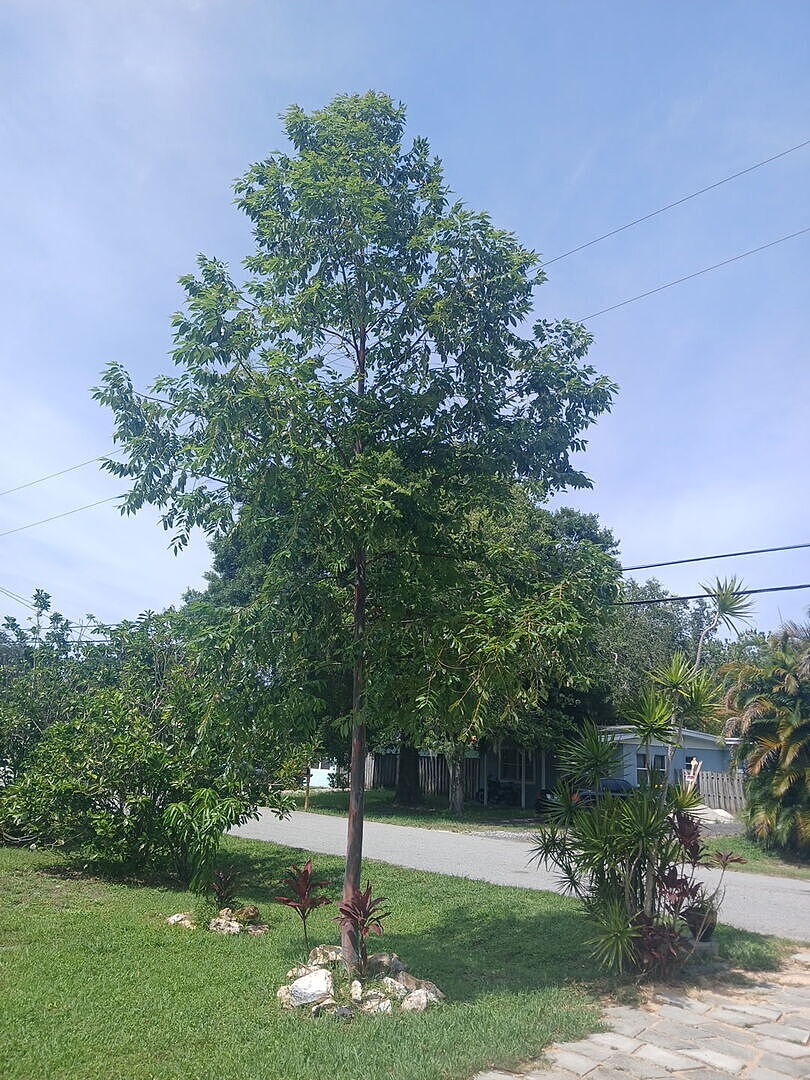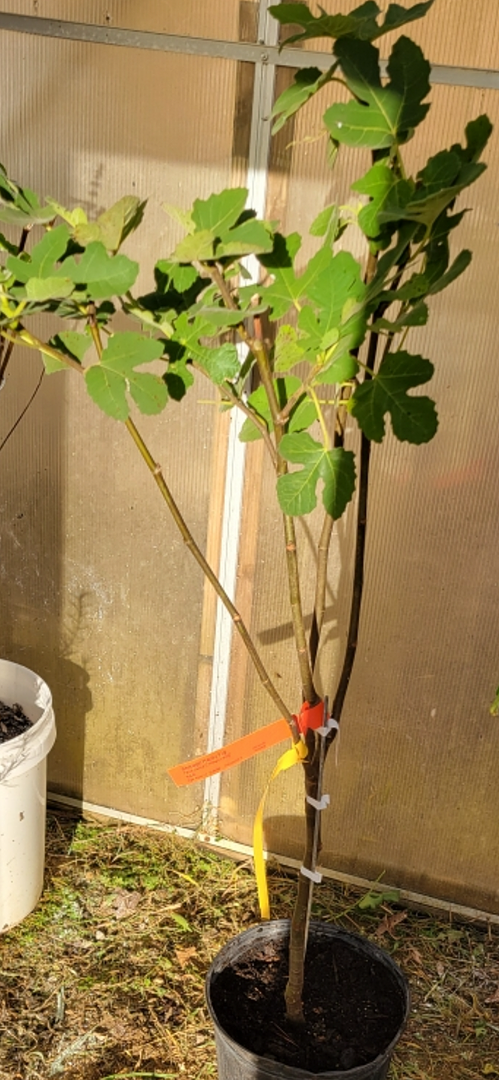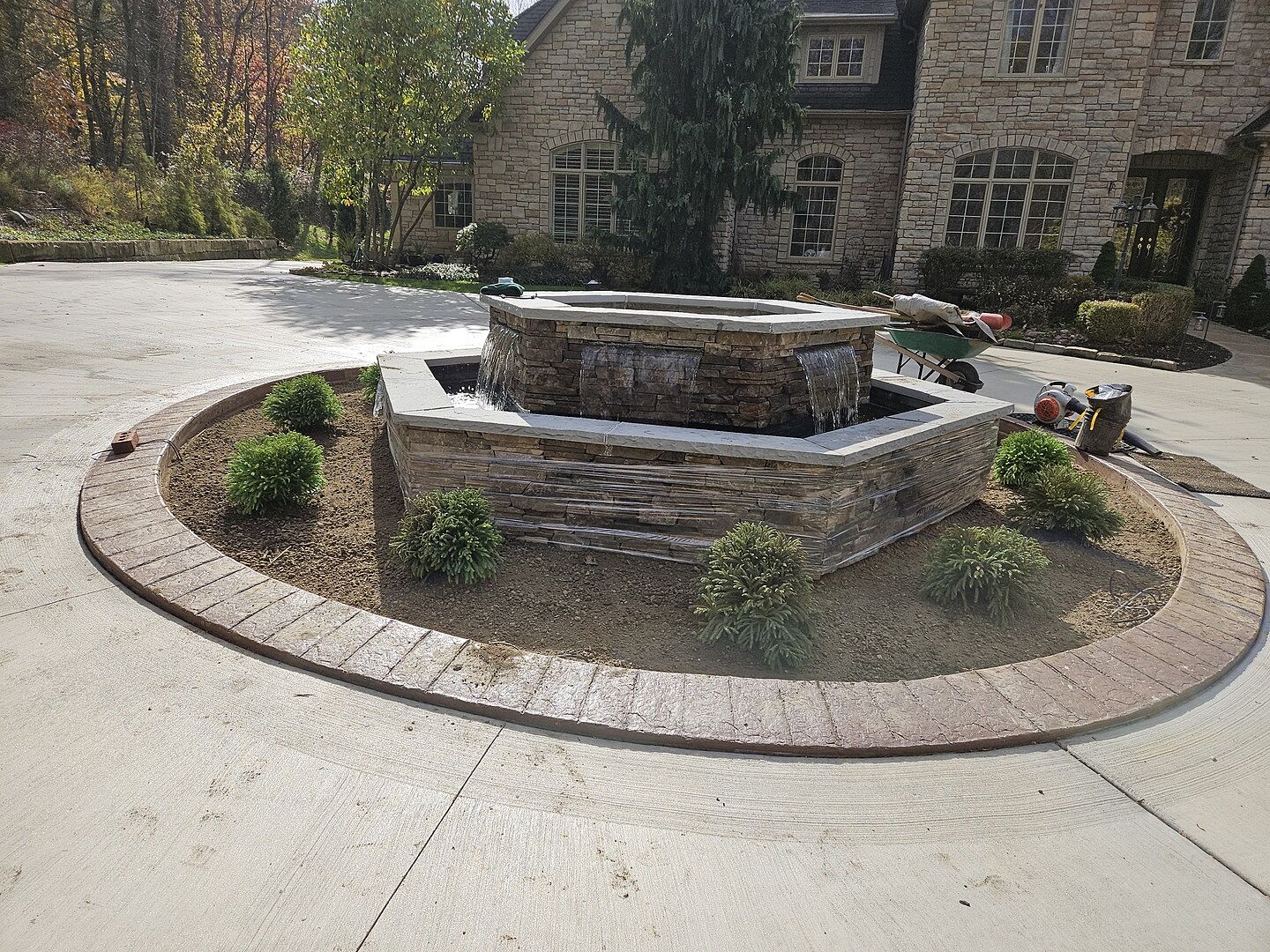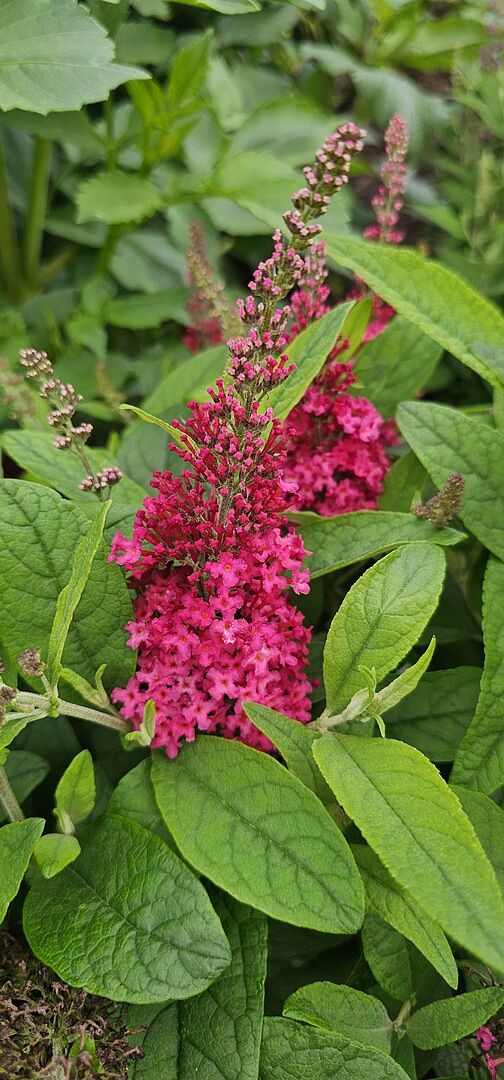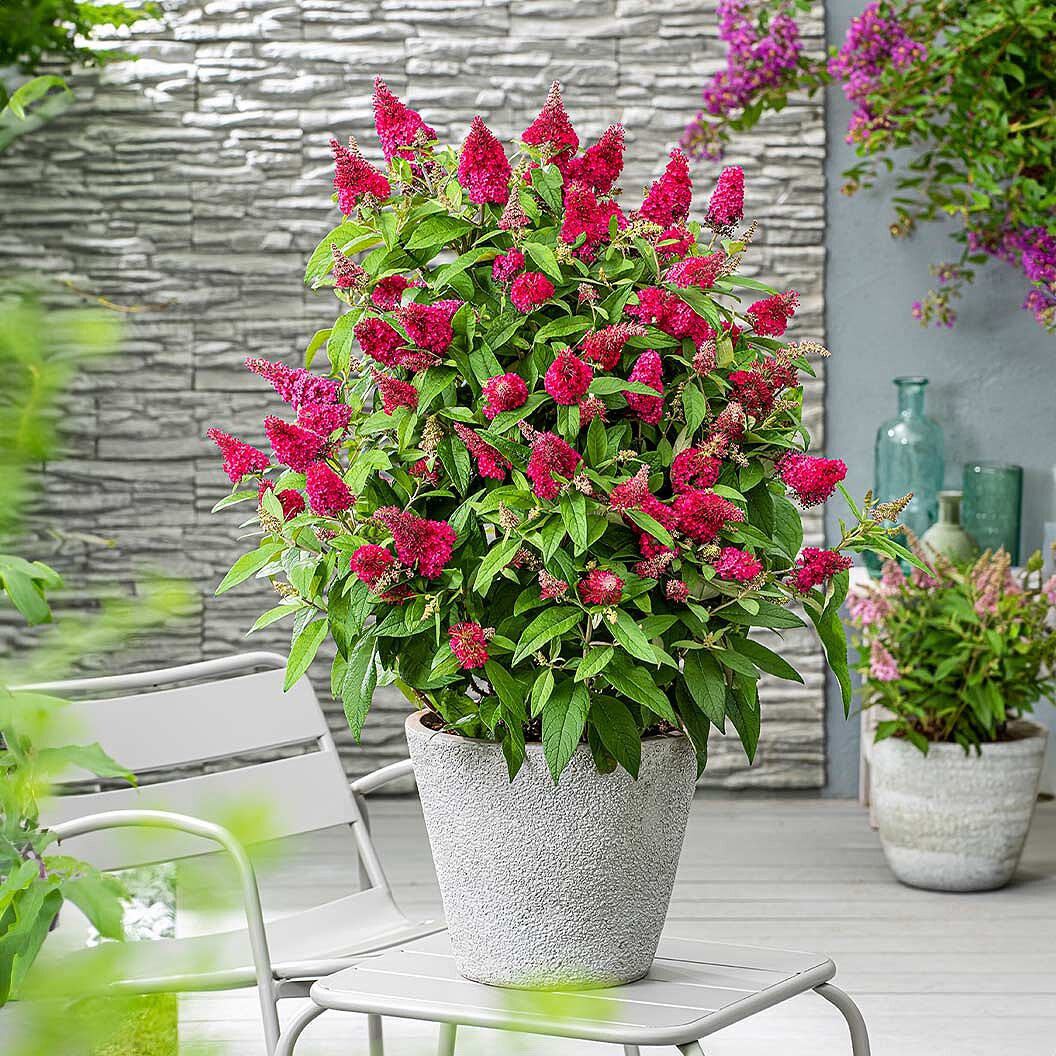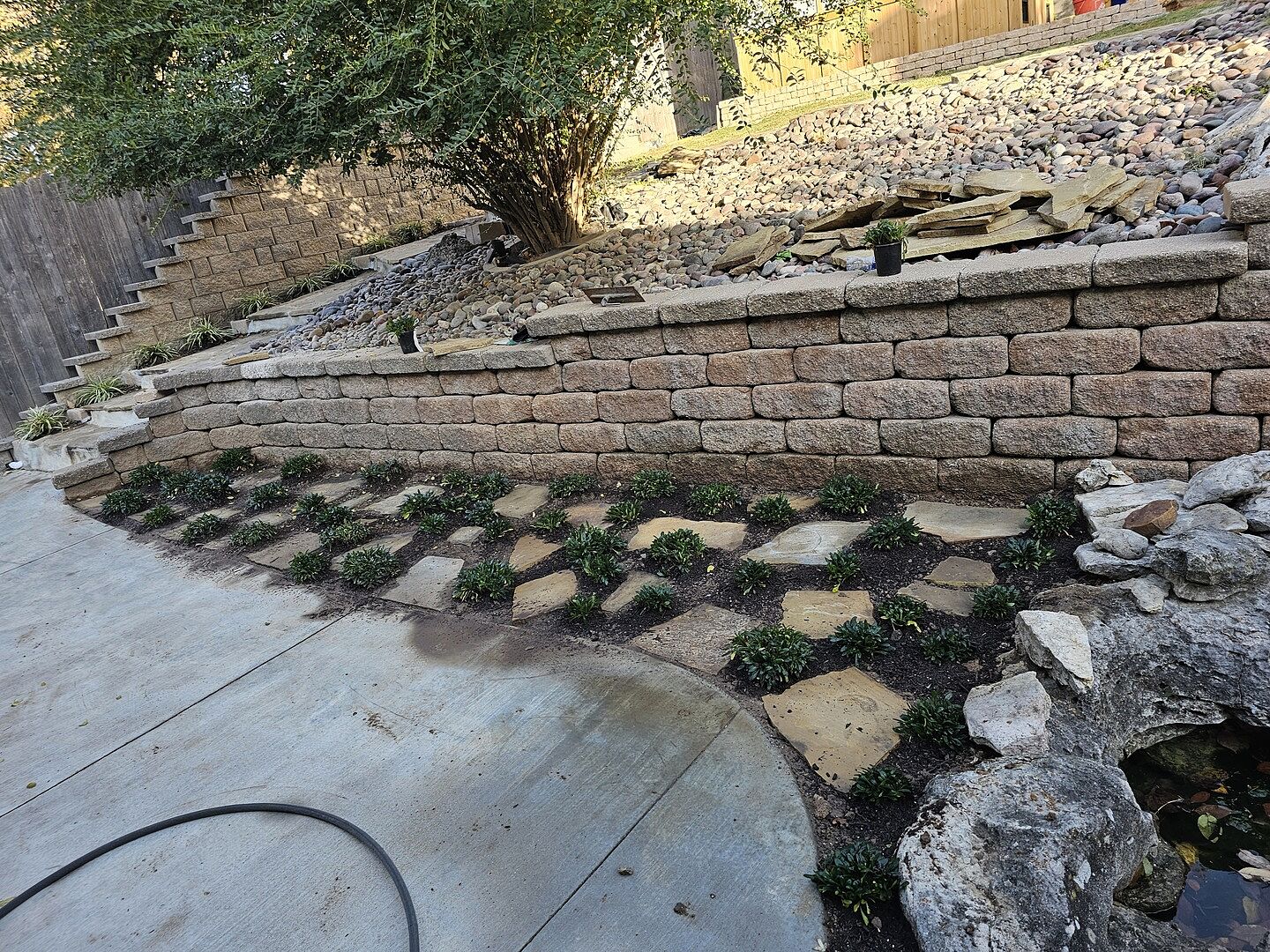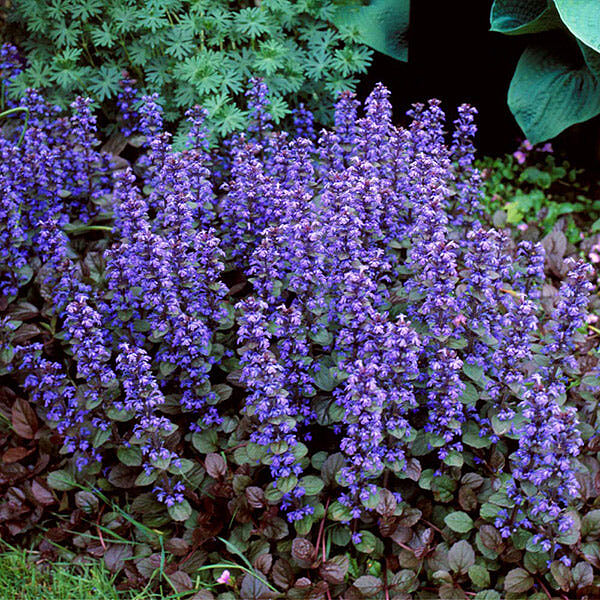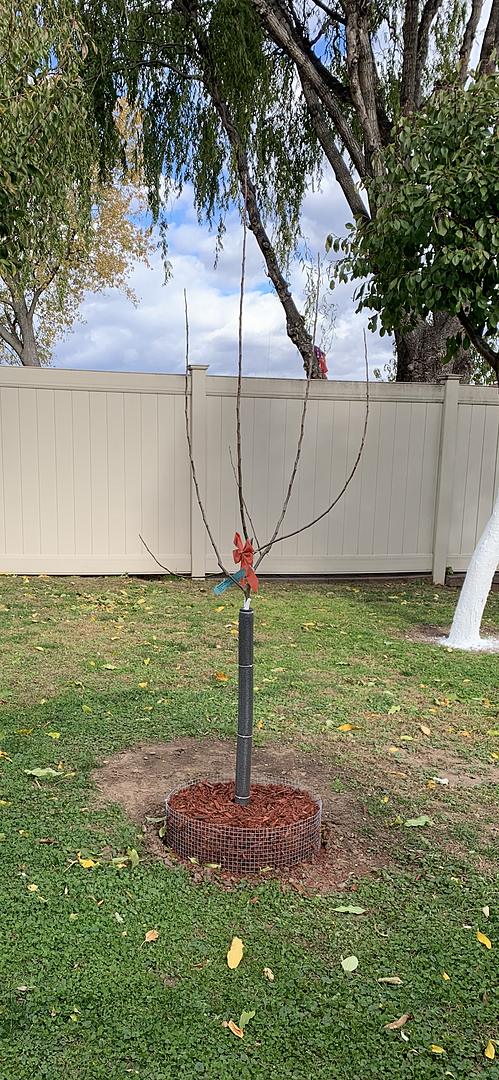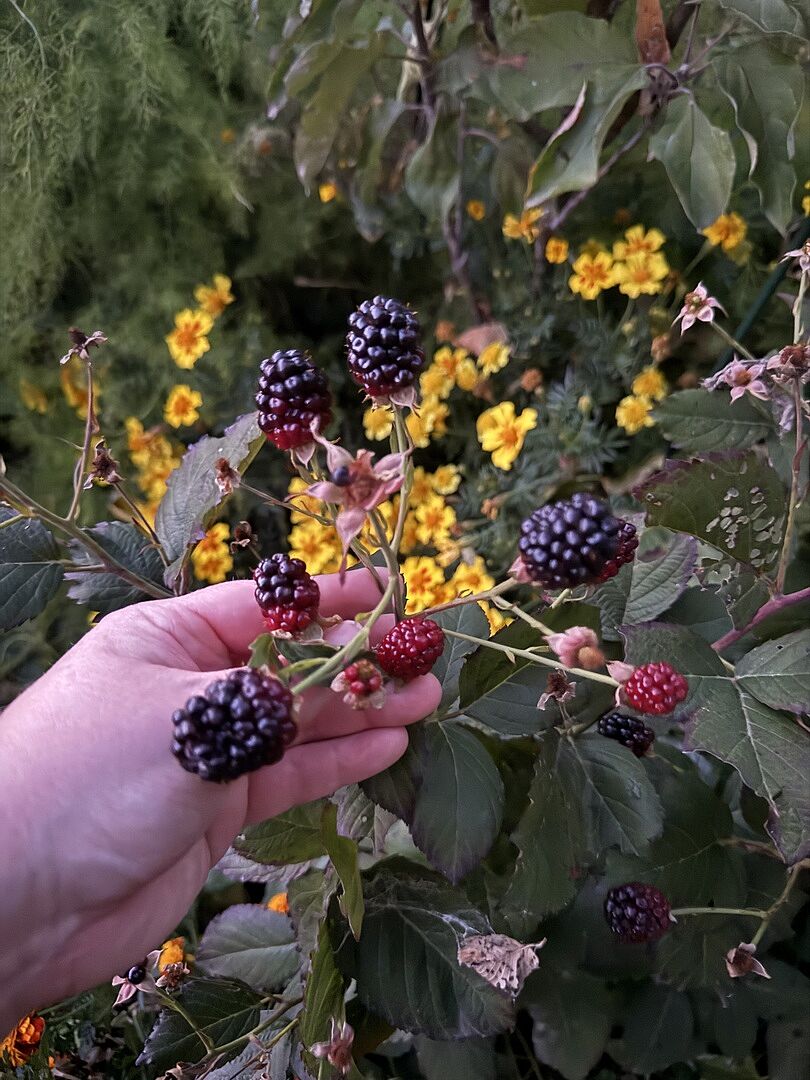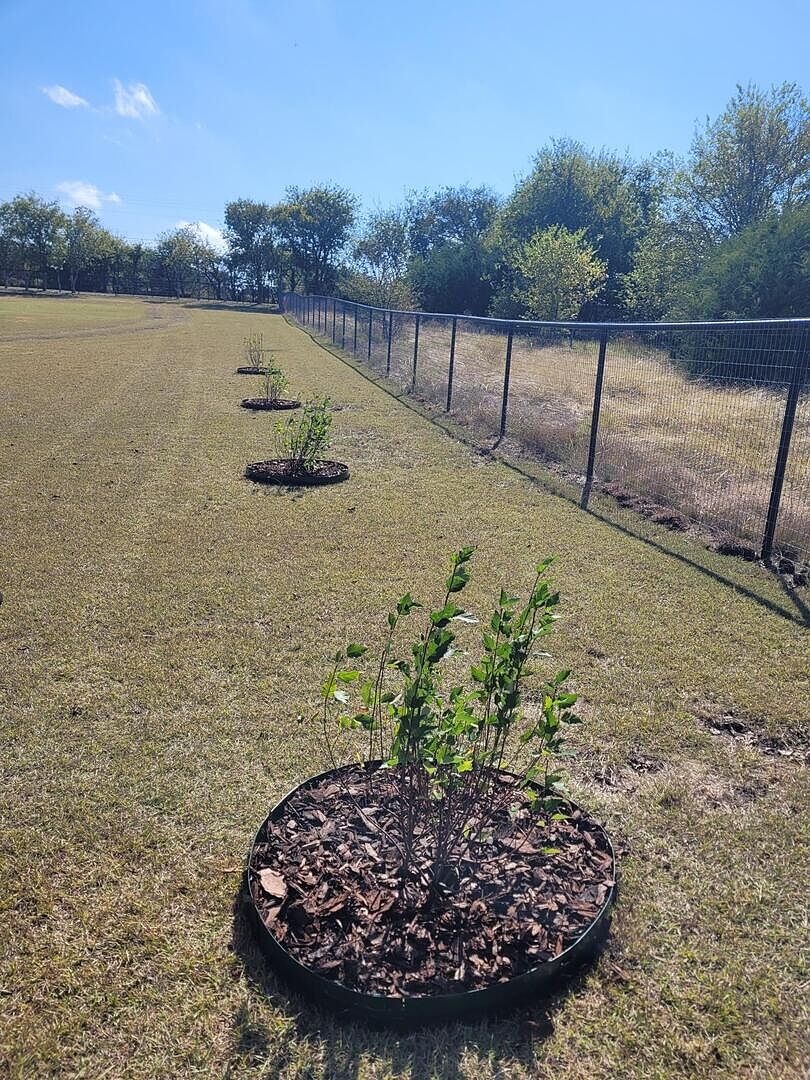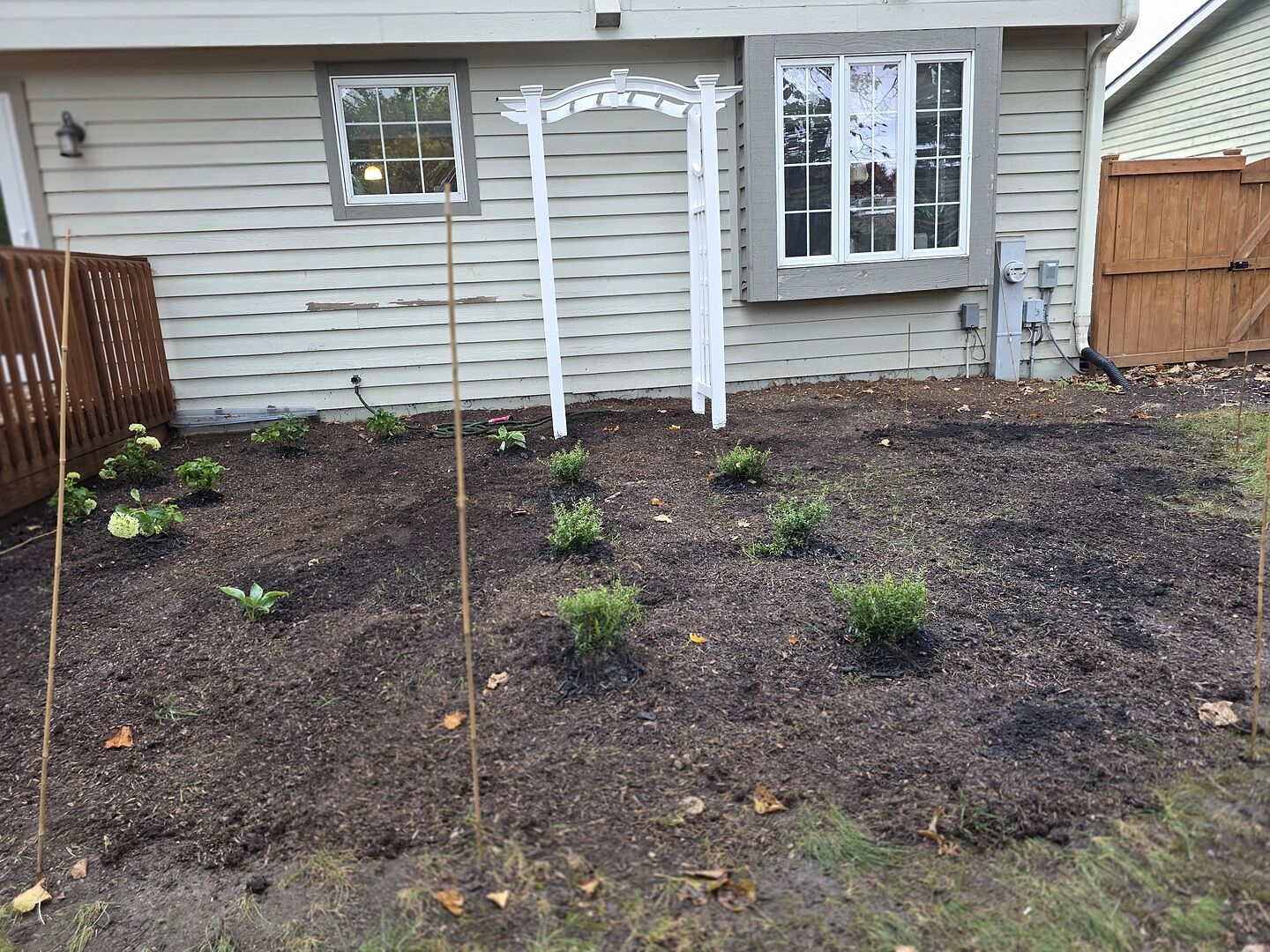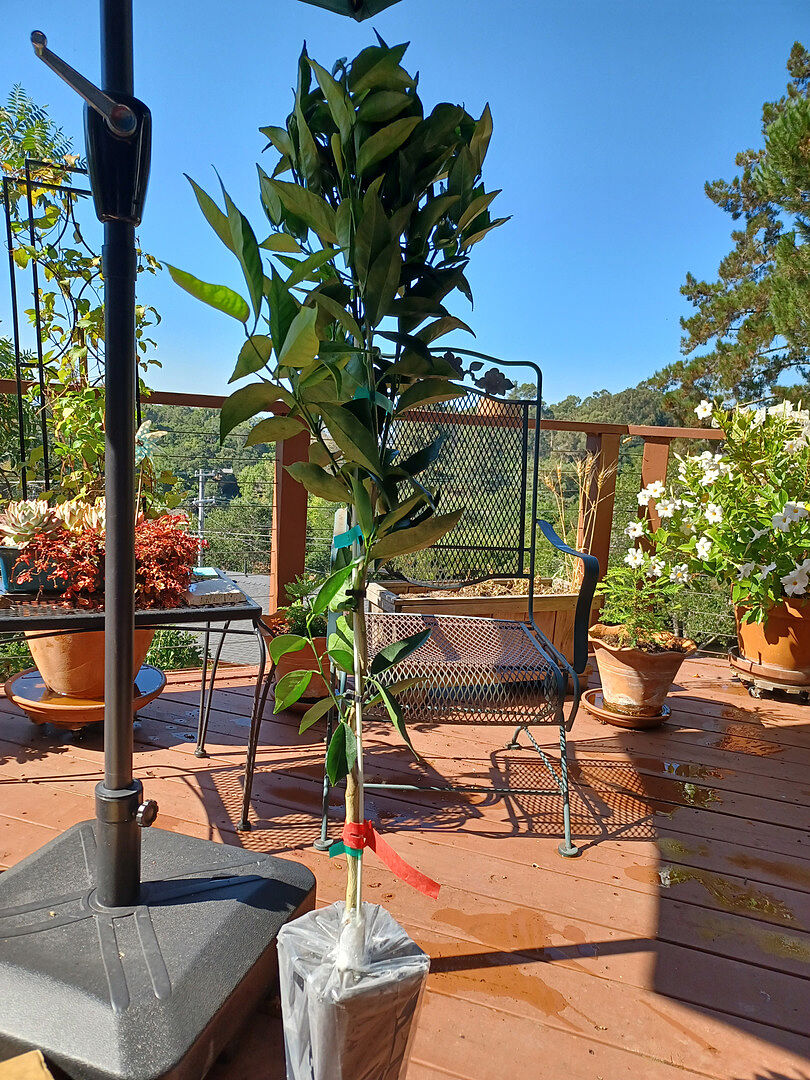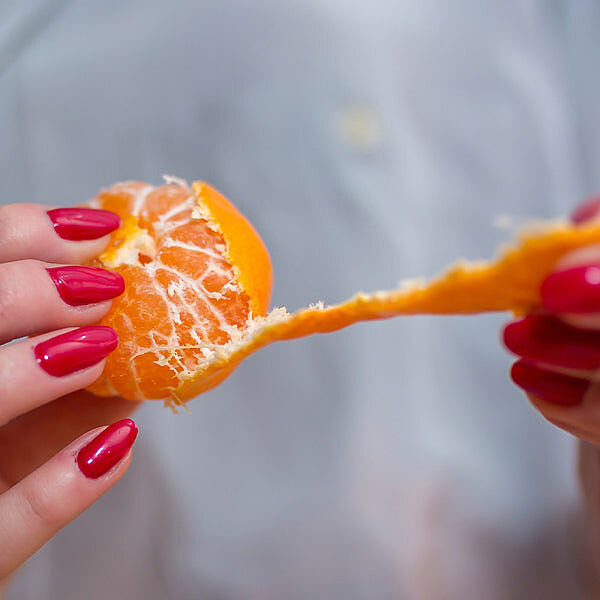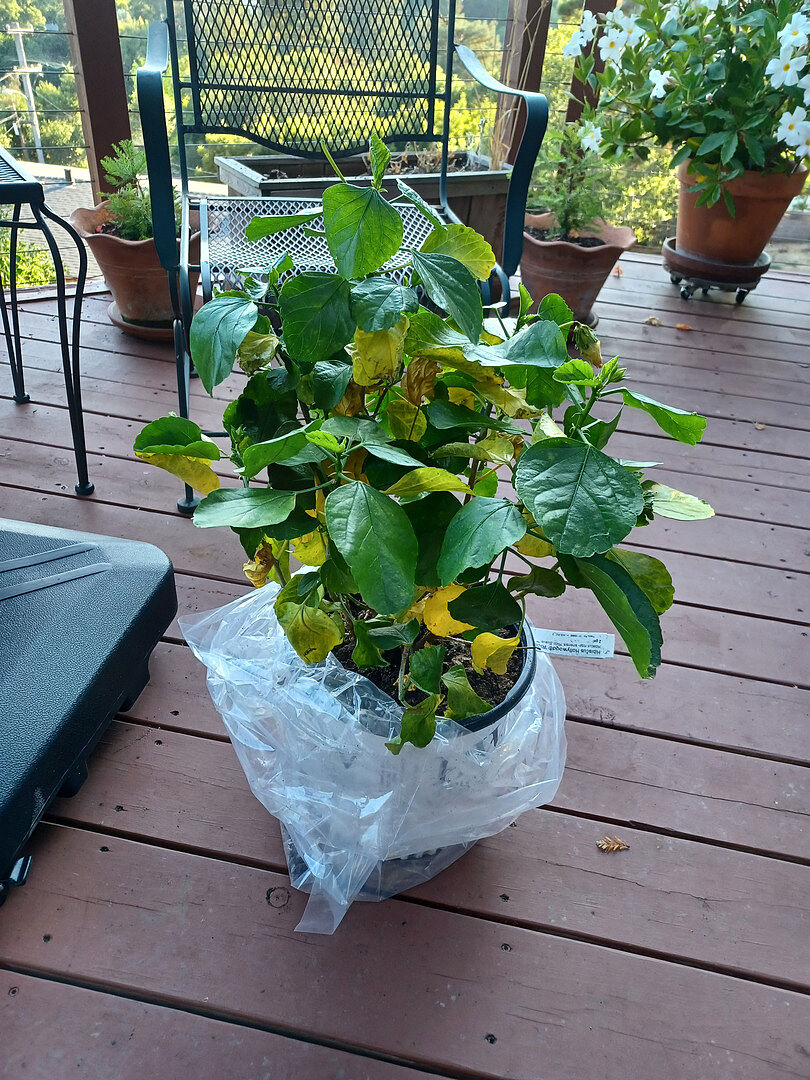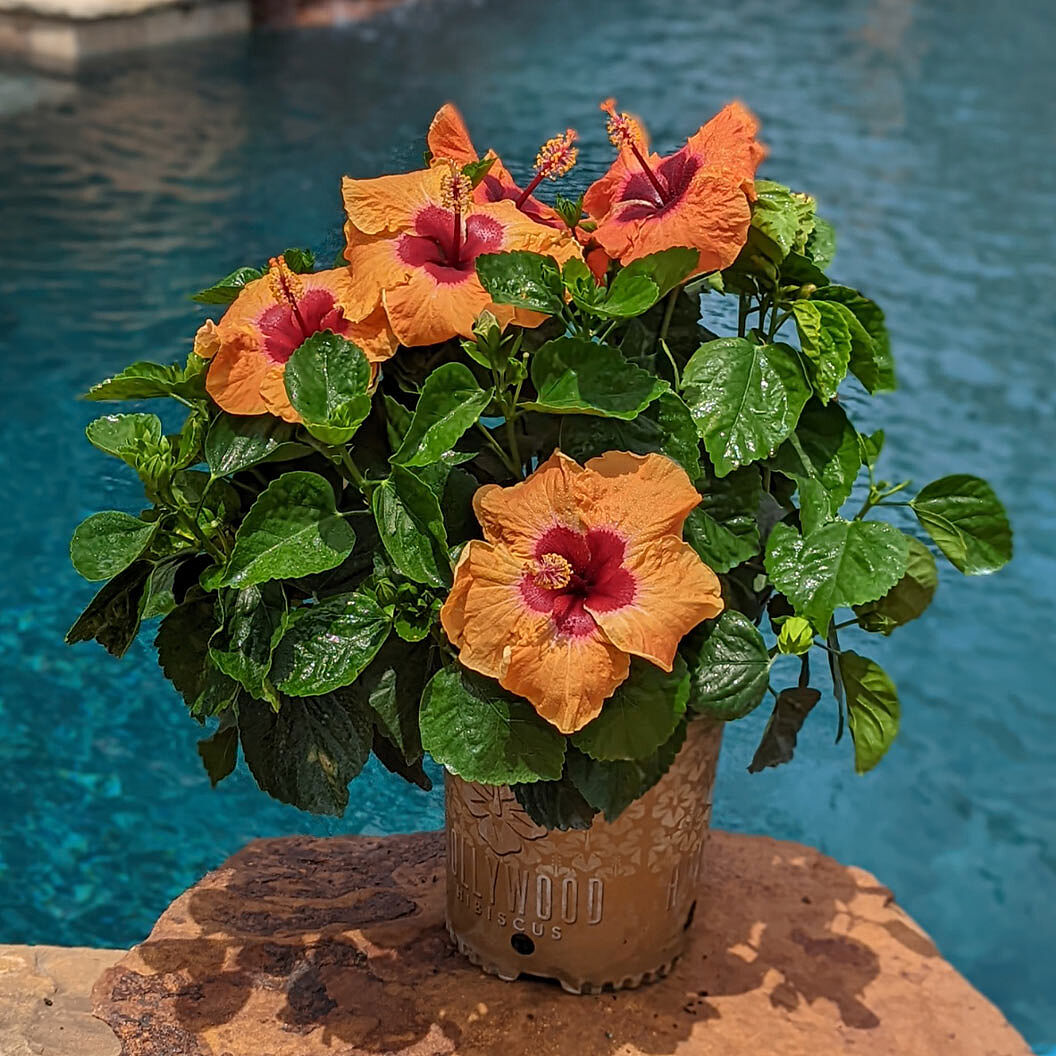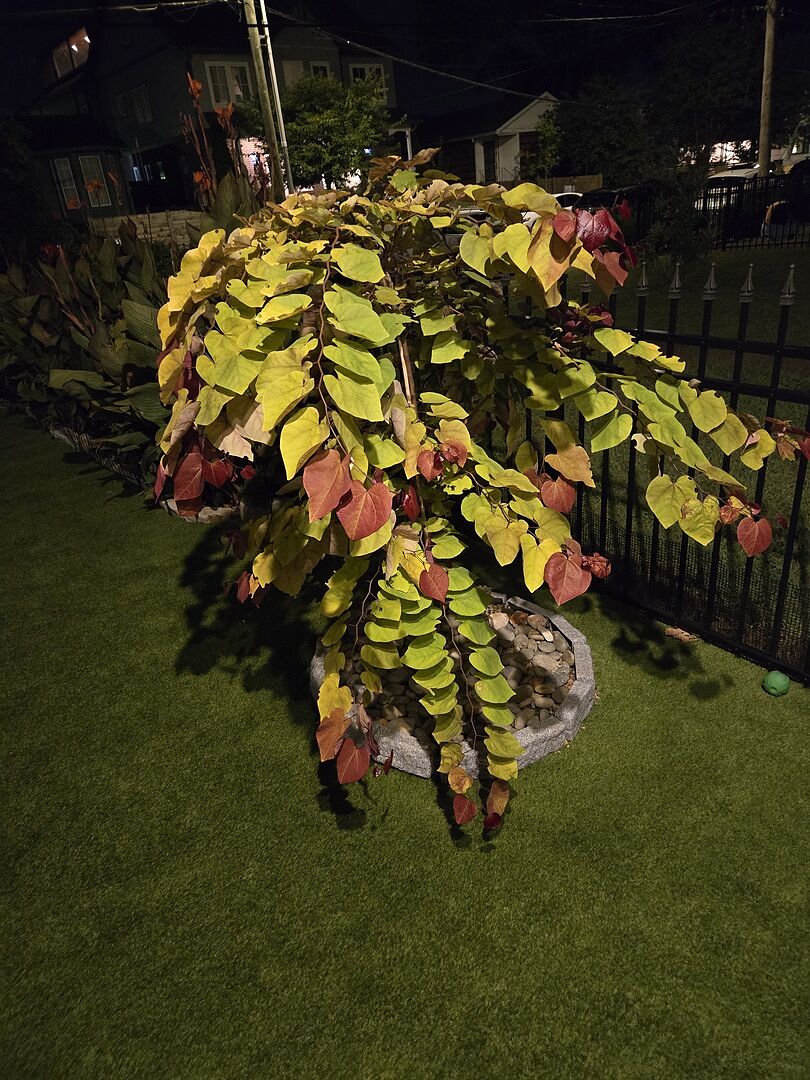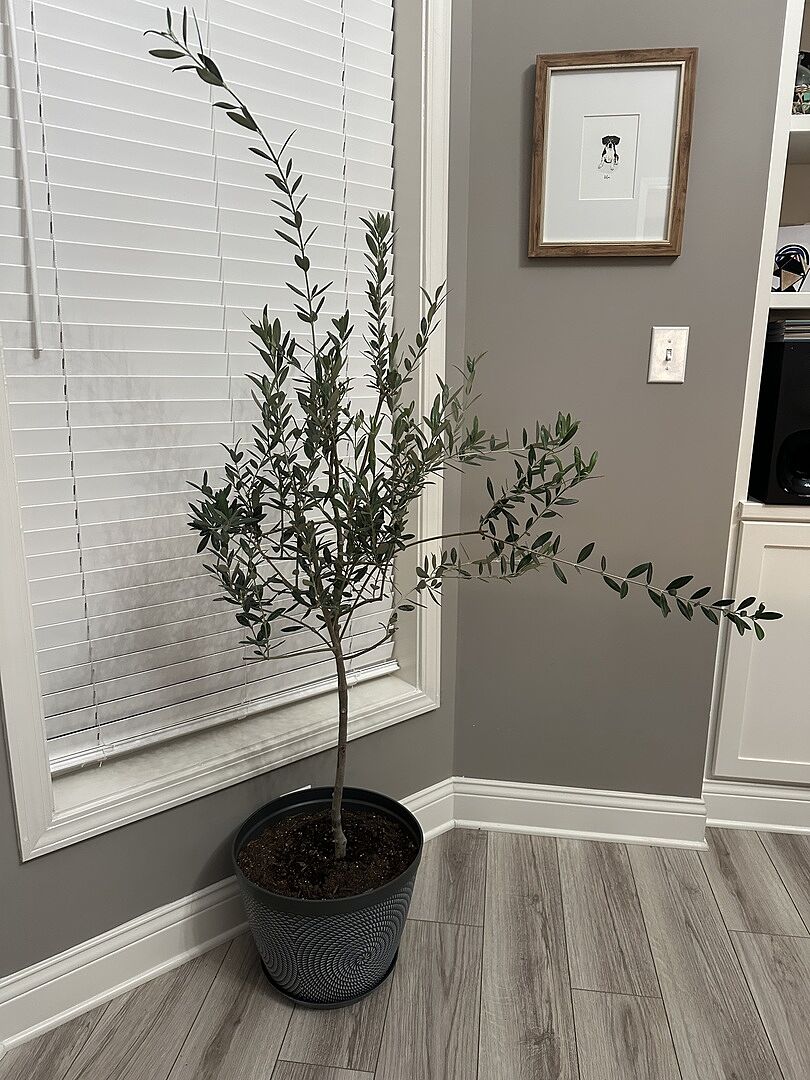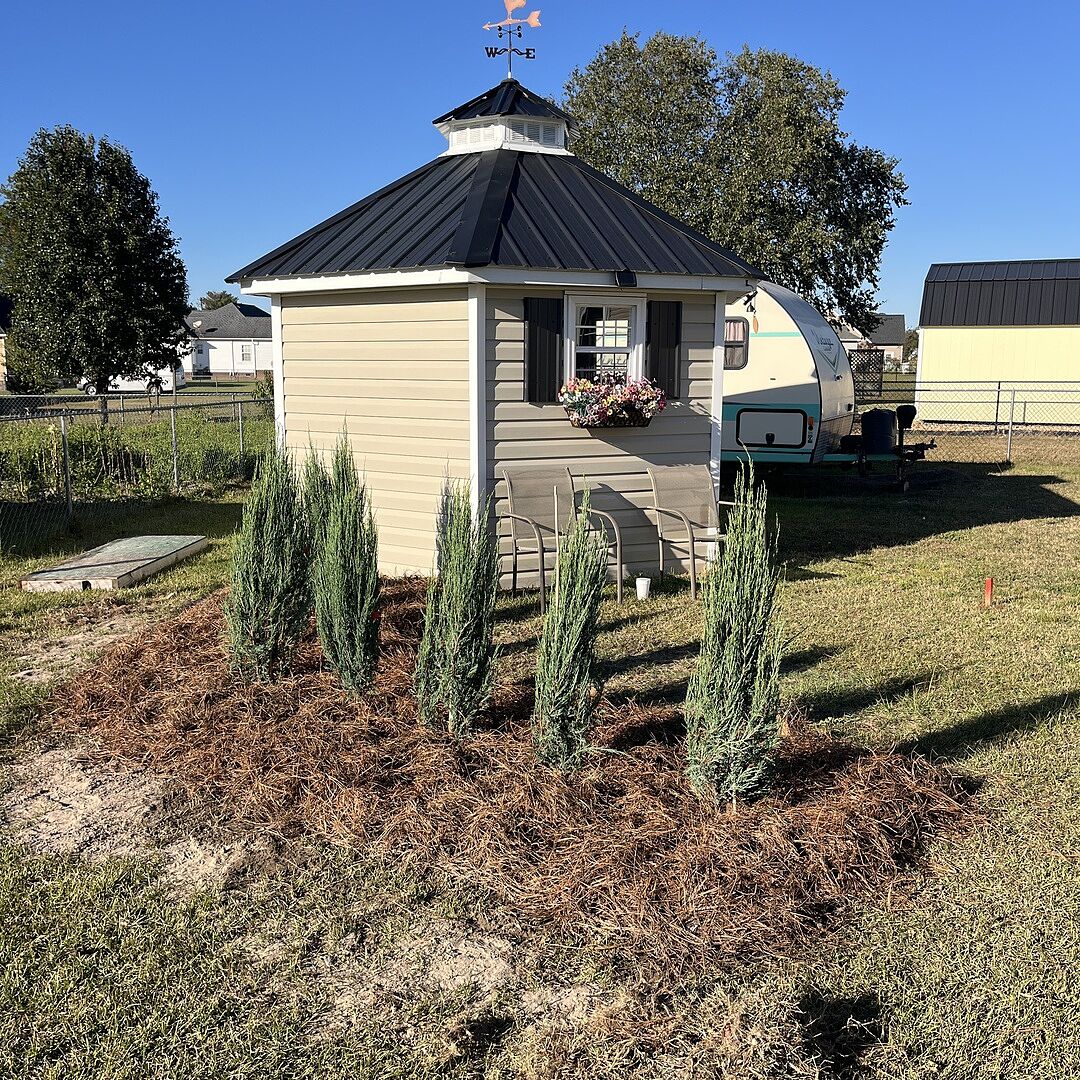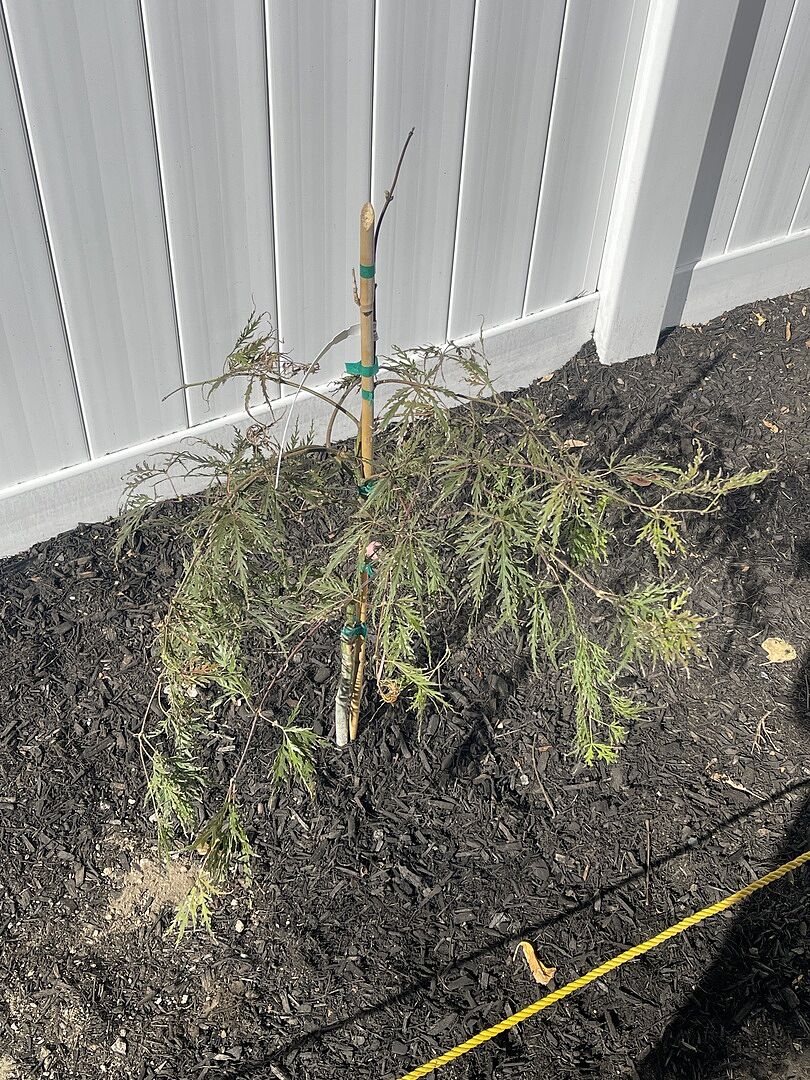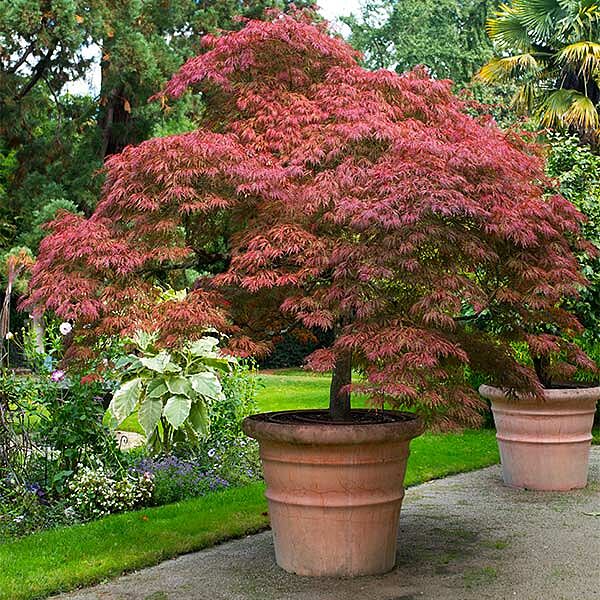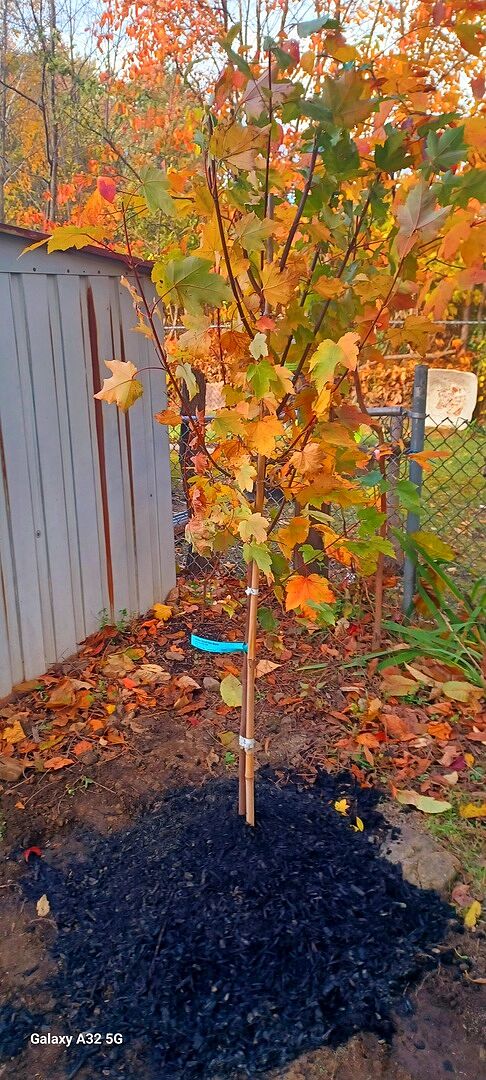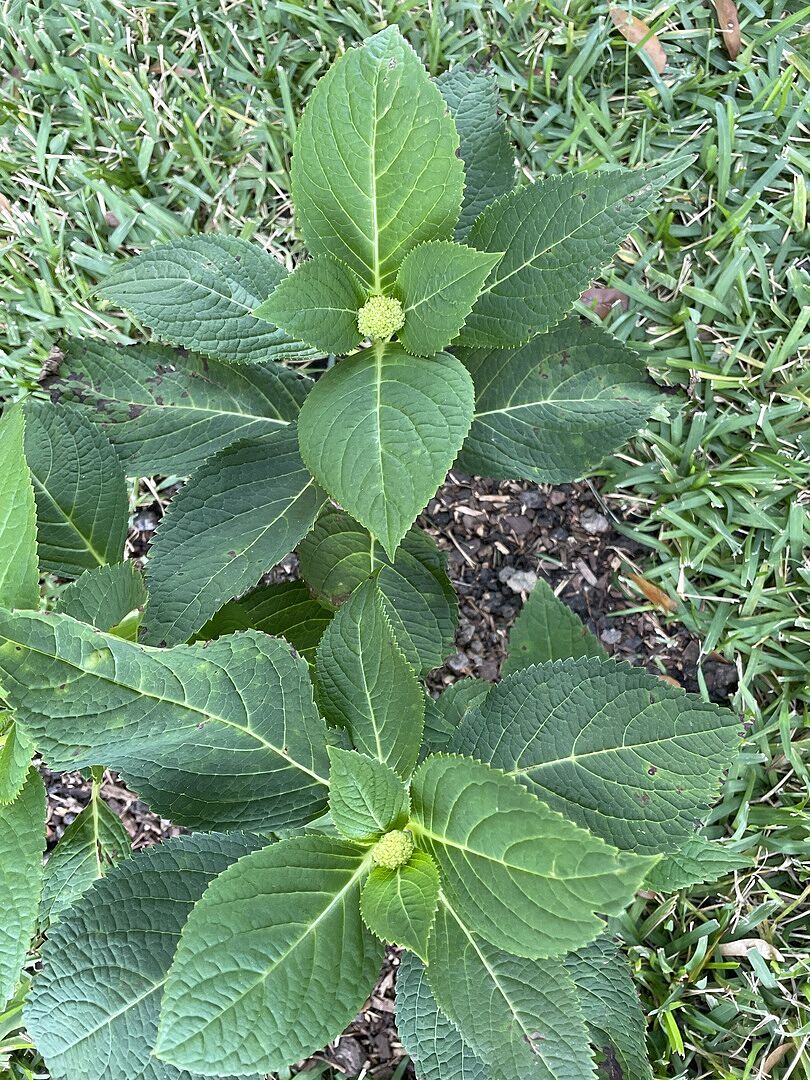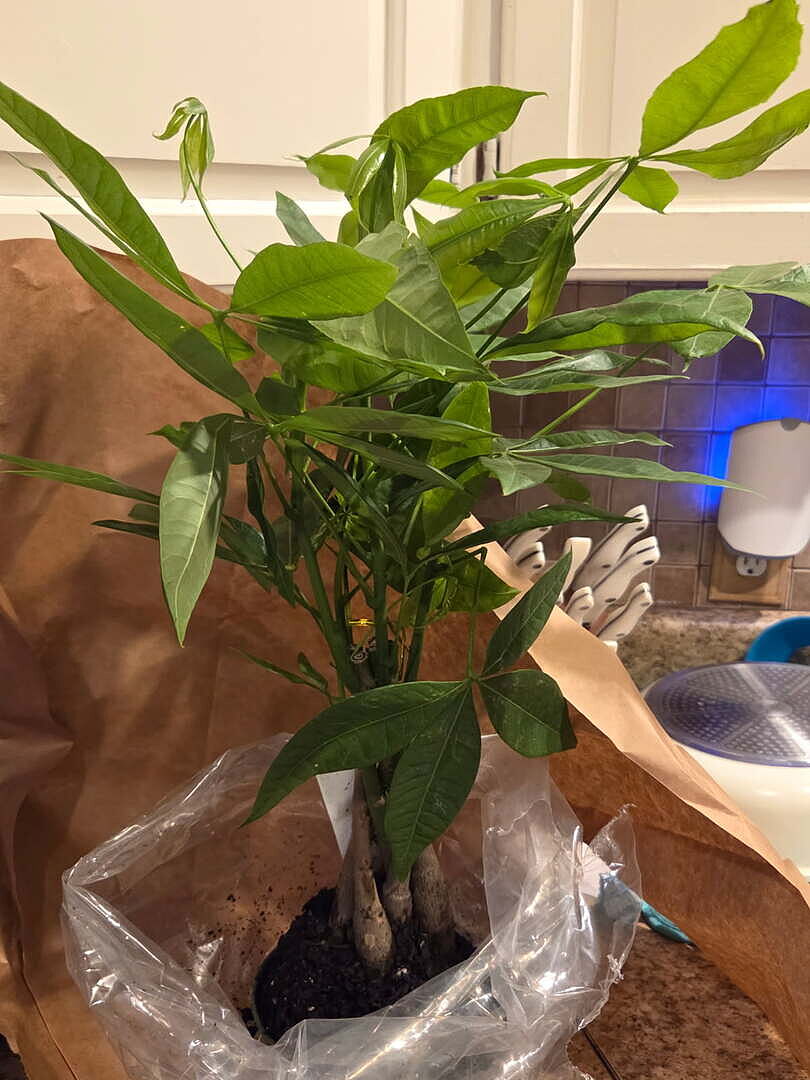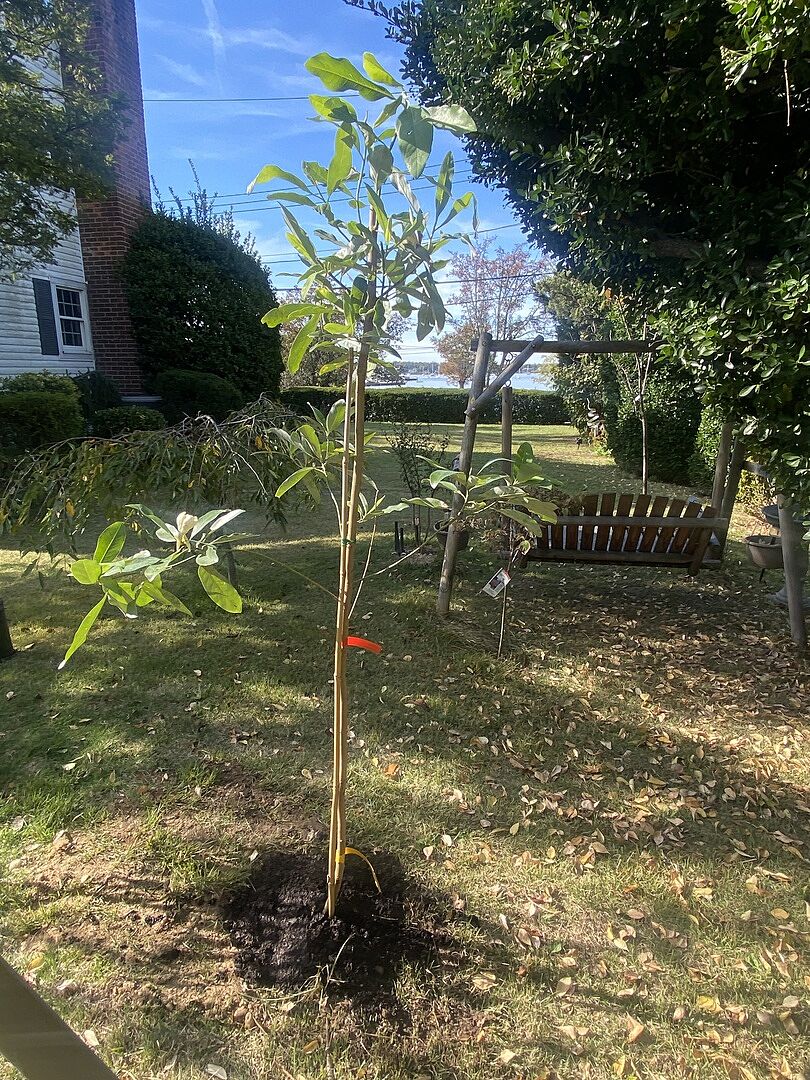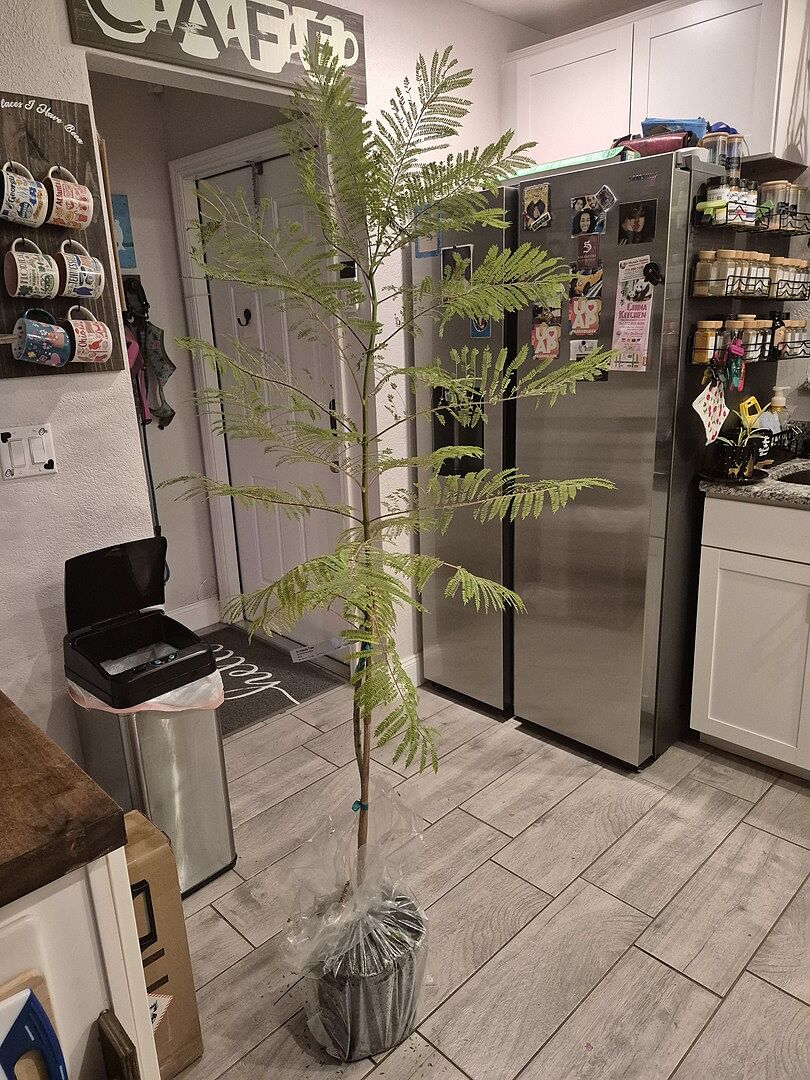Ask a Master Gardener: The Most Important Thing in the Garden
Last updated: Jul 14 2021

This is the first article in our Ask a Master Gardener series. Our resident Master Gardener, Phyllis, will be sharing her top tips for planting, landscaping, garden basics and more!
“I hate N.C. dirt.” I have heard that so many times. No wonder - add sand and heat to the clay, and you’ll have bricks.
What you might not know is that clay has wonderful nutrients to feed plants. The only problem is getting the plants into the ground.
Just as the foundation supports a house, the soil in the garden supports the vegetation. Clay soil must be amended to provide that good foundation. The perfect addition to clay is compost. It breaks the clay up and adds even more nutrients to the soil. It can be tilled in, shoveled in, or put on top and allowed to soak in.
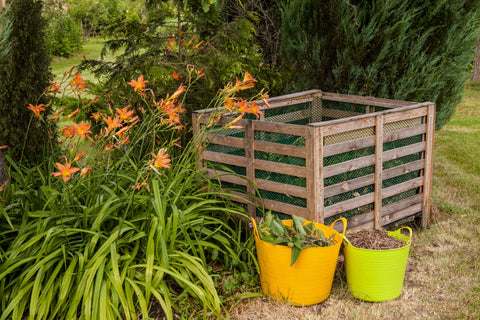
Compost can help break up clay soil and add important nutrients.
Although you can make your own compost, many people do not want to. In that case, the best option is to buy it. Many areas have city compost sites, and most nurseries sell compost by the bag or truck load. Whichever way you get it, compost is a soil conditioner, a fertilizer and a natural pesticide for your soil.
Mulching your garden beds is another way to amend your soil. Mulch, too, can be purchased by the truckload or bag. It not only feeds the soil as it breaks down, but also helps your plants conserve water. A note on water - do not use peat moss in clay. Peat moss and clay both hold water, causing plants to get overwatered and drown.
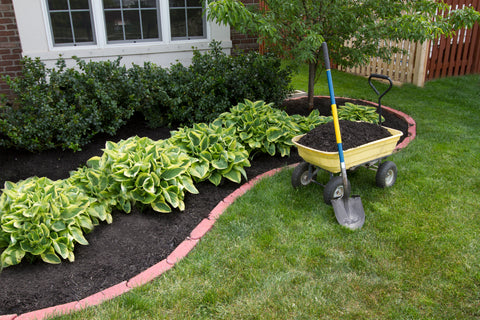
Mulching is another way to amend your soil. It helps plants conserve water.
If you live in an area that is sandy, the problems are similar, but distinct. Sand will not hold the moisture plants need to grow. Sand particles are larger than clay, with air between the particles. The result? Water flows easily through and out, leaving nothing for the plants. So, sandy soil must also be amended.
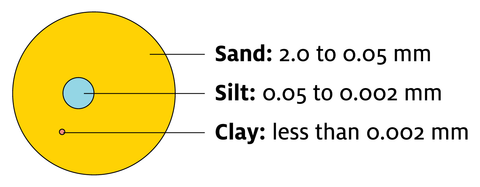
Sand particles are larger than clay, allowing more water to drain out.
Guess what? Compost is the answer here, too. (I do love compost - I get a truckload every year for my birthday!). Compost, manure, grass clippings and leaf mold will improve soil the fastest. You can also add vermiculite or peat moss to help hold in moisture, but they will add little nutrient value.
When amending sandy soil, it’s important to watch the salt levels of the soil. Compost and manure both contain high levels of salt that can remain in the soil and damage plants. If you are lucky enough to live at the beach, we do not feel very sorry for you, but your soil is already high in salt. Be sure to use only plant-based compost or sphagnum peat, as these have the lowest salt levels.

Soil near the beach will be naturally higher in salt, so avoid adding salt with compost or manure.
Other than saving you money on broken shovels and dried-out plants, what does all of this amending do for you? Soil has different levels of acidity (often referred to as pH). You can determine the pH of your soil using a soil test from nurseries, or perhaps your local extension office.
Most plants absorb nutrients best between a pH of 6.5 and 7. Plants such as azaleas and rhododendrons prefer more acidic soil, while plants such as ferns prefer to feed in more neutral soils. The bottom line is, no matter how much fertilizer you put on your plants, if the soil pH is not right for a particular plant, it cannot absorb the nutrients in the soil. And if plants cannot absorb the nutrients, they will not grow and thrive.

Most plants do best with a neutral or slightly acidic soil.
All this being said, that’s why I call the soil the most important thing in the garden. Amending soil is a yearly ritual. If your plants are growing, they are using nutrients, which must be constantly replaced. Remember the two words: COMPOST and MULCH! Happy digging.
Written by
Phyllis Ferguson
Phyllis is a Master Gardener growing in Zone 7 in Charlotte, North Carolina. She loves working in her landscape with flowering shrubs and perennials, planting around ponds and water features, and taking care of her dogs and her backyard chickens.
A longtime Master Gardener educator in North Carolina, Phyllis is sharing her best tips for plant selection, gardening, landscape care and more with FastGrowingTrees.com.





















